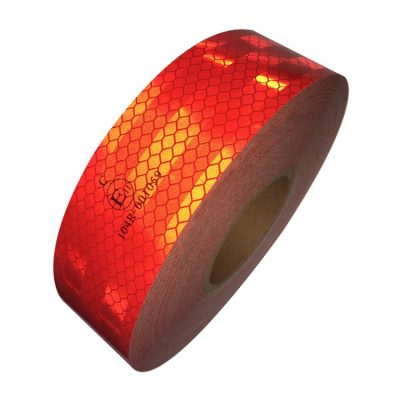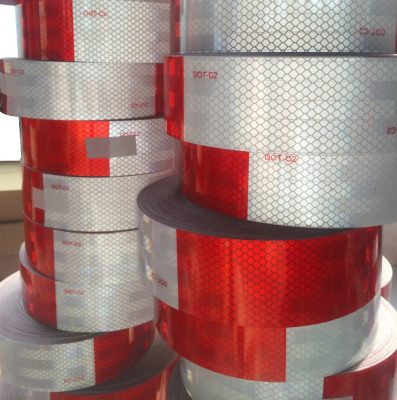Innovations in crossing lights for the future aim to enhance pedestrian safety, improve traffic flow, and contribute to more sustainable and connected urban environments. Here are some potential innovations in this field:
- Smart Pedestrian Signals:
- Integration with Smart City Infrastructure: Pedestrian signals can be connected to a city’s overall smart infrastructure. They can communicate with traffic lights, public transportation systems, and other urban elements to optimize traffic flow and enhance safety.
- Dynamic Timing and Adaptive Signals:
- Real-Time Traffic Data: Pedestrian signals could use real-time traffic data to adjust signal timing. For instance, signals might extend crossing time during rush hours or reduce wait times when traffic is light, improving both safety and efficiency.
- Crossing Assistance for Vulnerable Populations:
- Enhanced Accessibility: Innovations may include features like touchless or voice-activated pedestrian signal activation to assist individuals with mobility or sensory impairments.
- Navigation for the Visually Impaired: Advanced signals could incorporate GPS and smartphone apps to guide visually impaired pedestrians safely across intersections.
- Pedestrian Detection Systems:
- Detection of Pedestrians: Embedded sensors or cameras at intersections can detect the presence of pedestrians. These systems can adjust signal timing based on the number of pedestrians waiting to cross.
- Augmented Reality (AR) Crosswalks:
- Interactive Crosswalks: AR technology could project virtual crosswalks onto the road, providing visual cues to pedestrians and drivers. These dynamic crosswalks could change patterns to guide users safely across the street.
- Holographic or 3D Signals:
- Improved Visibility: Holographic or 3D crossing signals could be more visible and attention-grabbing, especially in adverse weather conditions or at night.
- Pedestrian-Activated Traffic Calming:
- Interactive Control: Pedestrian-activated traffic calming systems could give pedestrians more control over traffic flow. For example, pressing a button could temporarily reduce vehicle speed to create a safer crossing.
- Integration with Autonomous Vehicles:
- Communication with AVs: Crossing lights can communicate with autonomous vehicles to ensure they detect and yield to pedestrians. This could improve safety in mixed traffic environments.
- Solar-Powered Signals:
- Sustainable Energy: Solar-powered crossing lights can reduce the environmental impact and maintenance costs associated with traditional traffic signals.
- Crowdsourced Safety Data:
- Mobile Apps: Pedestrians can use smartphone apps to report unsafe crossings or signal malfunctions. This data can help cities identify problem areas and improve pedestrian safety.
- Augmented Reality Guidance for Pedestrians:
- AR Head-Up Displays: Pedestrians could wear AR glasses or use smartphone apps that display real-time navigation and safety information, making it easier to navigate complex intersections.
- Responsive Crosswalks:
- Crosswalks that change color or pattern based on the state of traffic or pedestrian flow can provide additional visual cues to enhance safety.
- Biometric Sensors:
- Wearable devices equipped with biometric sensors could alert pedestrians when they are not fully attentive while crossing roads, helping reduce distracted walking accidents.
These innovations are part of a broader trend in smart and connected cities, where technology is leveraged to improve safety, efficiency, and the overall quality of urban life. As technology continues to advance, we can expect more creative and effective solutions for pedestrian safety at intersections and crosswalks in the future.
























